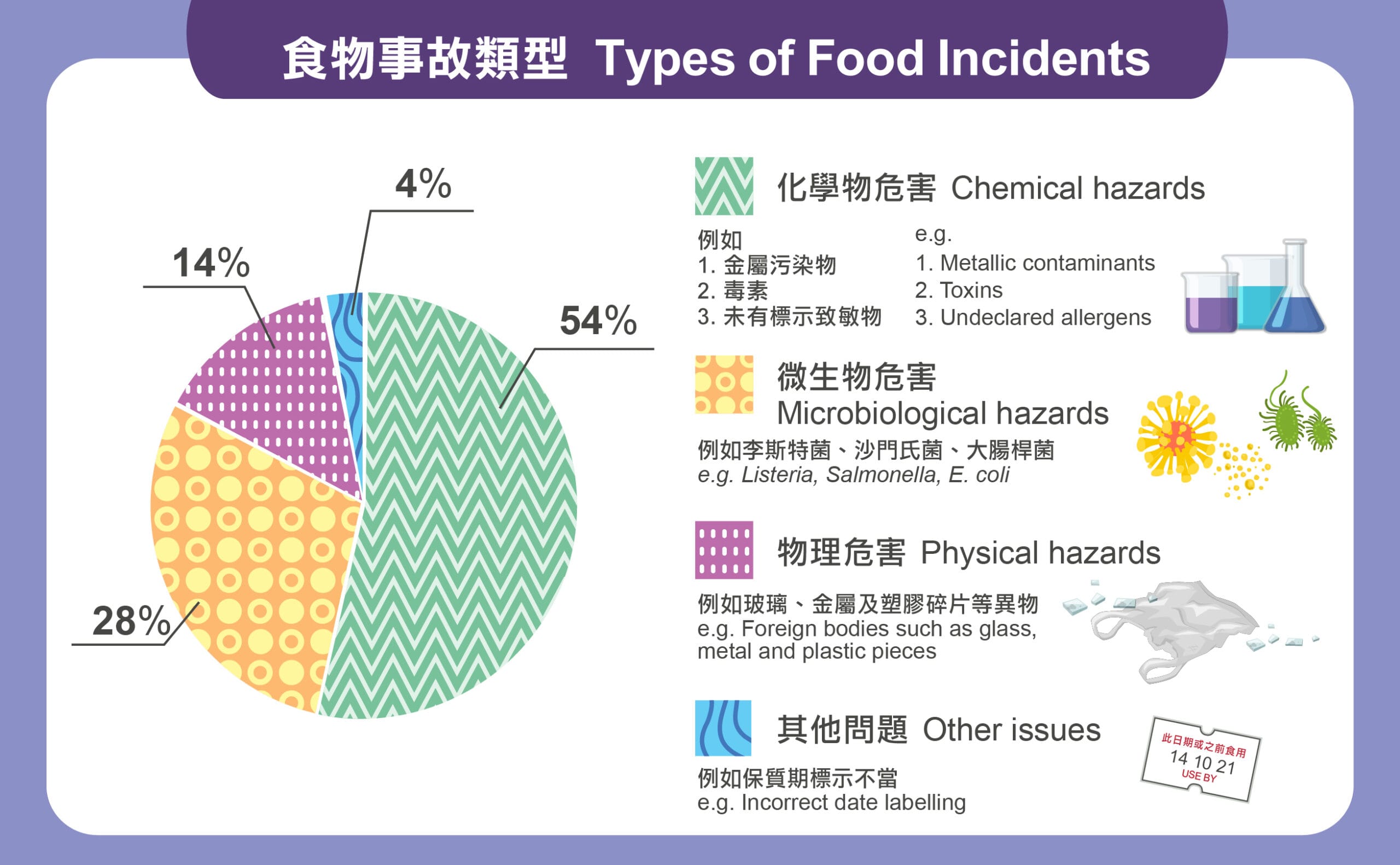In a concerning public health incident, ten individuals have been hospitalized following a Listeria outbreak linked to ready-to-eat products produced by a company based in California. This outbreak has raised alarms among health officials and consumers, prompting an extensive investigation into the source of the contamination.
Listeria monocytogenes, the bacterium responsible for this outbreak, is known for causing listeriosis, a serious infection that can lead to severe health complications, particularly among high-risk populations such as the elderly, pregnant women, and individuals with weakened immune systems. The symptoms of listeriosis can range from mild flu-like signs to severe complications, including meningitis and septicemia, and can be particularly dangerous during pregnancy, potentially causing miscarriage or stillbirth.
The California company involved has not been publicly named in the initial reports, but health authorities are conducting a thorough assessment of its production facilities and distribution channels. As the investigation unfolds, officials are focusing on identifying the specific products responsible for the infections, as well as the time frame in which these possibly contaminated products were made available to consumers.
Local and state health departments, along with the Centers for Disease Control and Prevention (CDC), are collaborating to trace the source of the outbreak. They are analyzing patient data to determine if there are commonalities among the hospitalized individuals, such as consumption of specific products or time frames in which they might have ingested contaminated food. This information is crucial for establishing a clearer picture of the outbreak’s dynamics and for implementing measures to prevent further cases.
In light of the outbreak, consumers are being advised to avoid ready-to-eat products associated with the affected company until more information is available. The public is urged to remain vigilant and to report any symptoms of listeriosis to healthcare providers, particularly if they suspect they might have consumed the implicated products. Symptoms typically appear within a few days to weeks after ingestion, making rapid reporting vital for timely diagnosis and treatment.
Health officials are also emphasizing the importance of food safety practices in preventing listeriosis. While Listeria can grow in refrigerated conditions, proper cooking of food items is an effective way to kill harmful bacteria. The CDC recommends thoroughly cooking all meat, washing hands and surfaces often, and avoiding unpasteurized dairy products as part of general food safety measures.
Moreover, the outbreak underscores the significance of monitoring food quality and safety in commercial food production. Ready-to-eat products are particularly vulnerable to contamination since they are often consumed without further cooking. Companies must adhere strictly to food safety guidelines to mitigate such risks, and ongoing inspections by regulatory agencies are vital to ensuring compliance.
The California Department of Public Health has prioritized the investigation and is expected to share updates with the public as they become available. As part of this effort, officials will also assess if additional cases emerge and if further recalls of products will be necessary. Transparency during such outbreaks is crucial for maintaining public trust and ensuring consumers have access to accurate information.
The current outbreak serves as a reminder of the vulnerabilities present in the food supply chain and the need for vigilance at every stage of food production, from processing to consumption. The consequences of foodborne illnesses can be severe, and preventing them requires a coordinated effort involving manufacturers, regulators, and consumers alike.
In conclusion, attention to food safety is essential in avoiding similar health crises in the future. As investigations continue, consumers should remain informed about the products they purchase and adhere to food safety recommendations. The health and safety of the public hinge on a collective effort to maintain high standards within the food industry, particularly in the realm of ready-to-eat products. Stay tuned for more updates as the situation develops, and prioritize health and safety in food consumption practices.
This incident serves as a wake-up call to all stakeholders within the food industry, stressing the need for constant vigilance and adherence to safety protocols to avert outbreaks of this nature that pose significant health risks to the community.



